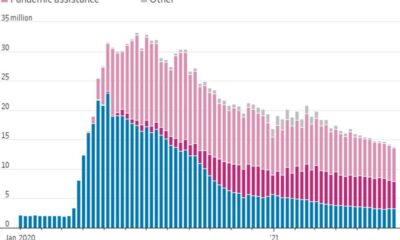Lifestyle
Duty Free Dynamics adds yoga brand Manduka to its lifestyle portfolio
Neque porro quisquam est, qui dolorem ipsum quia dolor sit amet, consectetur, adipisci velit, sed quia non numquam eius.

Duty Free Dynamics is set to help Manduka expand its travel retail presence
Duty Free Dynamics (DFD) has introduced acclaimed yoga brand Manduka to its lifestyle offer for travel retail shoppers.
The brand is known its collections of mats, clothing and accessories for yoga and was founded on the idea that a better yoga mat would improve practice, while the brand focuses on creating responsibly-sourced products.
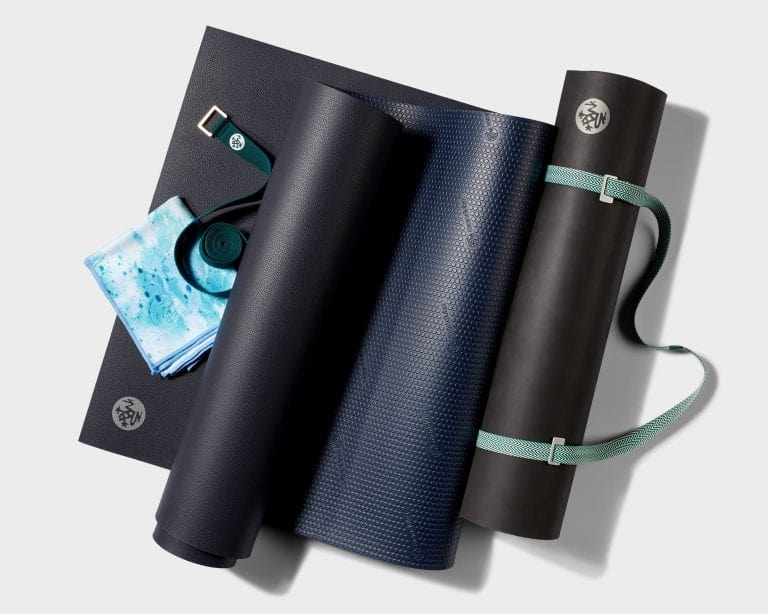
Today, Manduka offers a wide range of yoga products for different practices and preferences, designed by and for yogis.
Duty Free Dynamics will help to launch and build Manduka’s presence in the travel retail sector.
Tagged with: duty free dynamics
or a new account to join the discussion.
Register and Sign up for e-Newsletter
By using this website you are consenting to the use of cookies. Duty Free News International is owned by Metropolis International Group Limited, a member of the Metropolis Group; you can view our privacy and cookies policy here.
Featured
Paris Fashion Week 2025: A Season of Bold Reinvention

Paris Fashion Week 2025 has arrived with more than just glamour on the runway—it’s signaling a major turning point for the global fashion industry. From leadership shakeups at legendary fashion houses to fresh strategies aimed at reviving sluggish luxury sales, this season is less about tradition and more about transformation.
Creative Leadership Takes Center Stage
This year, all eyes are on Chanel and Dior. Both brands, known for defining eras of elegance, are under new creative leadership for the first time in years. Each debut brought its own energy. Chanel leaned into sharp tailoring and minimalist detailing—a shift from the romanticism of past collections—while Dior stunned audiences with bold silhouettes and cultural references that hinted at a more global, forward-thinking vision.
The shakeup isn’t just about aesthetics. Insiders say these leadership changes reflect a broader push to attract a new generation of buyers who value innovation, diversity, and purpose as much as luxury.
Post-Pandemic Pressures Push Brands to Adapt
Beyond the catwalk, the luxury market is facing a reality check. The post-pandemic boom that lifted sales in 2021 and 2022 has slowed, leaving many major houses reevaluating their business models. Rising production costs, changing consumer values, and a global shift toward sustainability have forced brands to rethink how they connect with their audiences.
Some are experimenting with smaller, more curated fashion shows aimed at creating intimate, immersive experiences. Others are merging fashion with technology, offering digital collections, augmented reality previews, and interactive shopping platforms to keep younger consumers engaged.
Luxury Meets Purpose
One of the most noticeable themes this season is intentionality. Several emerging designers used their runway shows to highlight social issues—from climate change to cultural preservation—making it clear that fashion in 2025 is not just about what you wear, but what it represents. Even established houses are weaving more storytelling and purpose-driven messaging into their presentations.
A Pivotal Season for Global Fashion
Paris Fashion Week has always been the heartbeat of style, but this year, it feels more like a strategic summit than a celebration. Brands are no longer just competing on creativity—they’re racing to stay relevant in a rapidly evolving world. With leadership changes at the top, shifting consumer expectations, and new approaches to business, Paris Fashion Week 2025 may be remembered as the moment fashion stopped looking back and started shaping its future.
Lifestyle
Climate Migration: The Hidden Crisis of Our Time
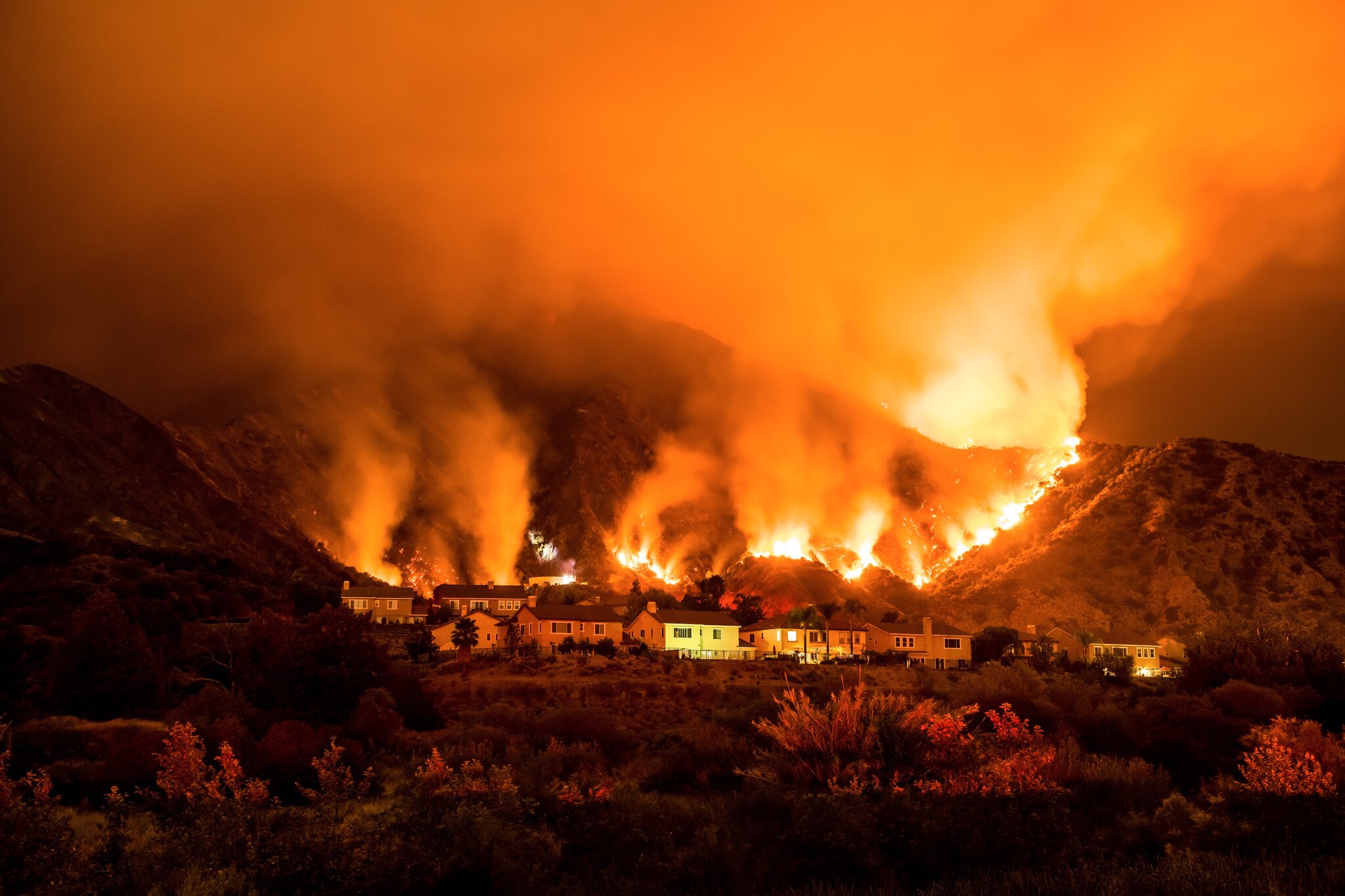
When we talk about climate change, images of rising seas, extreme heat, and melting glaciers often dominate. But there’s a human dimension that is growing far faster than policymakers are ready to admit: climate migration.
The United Nations projects that by 2050, over 200 million people could be displaced due to environmental changes. These are not “refugees” in the traditional sense fleeing war or political oppression—they are families leaving their homes because the land has become unlivable. From villages in Bangladesh swallowed by floods to farmers in sub-Saharan Africa devastated by drought, the crisis is already here.
Unlike other global challenges, climate migration is not confined to one region. Wildfires in California, flooding in Germany, and hurricanes in the Caribbean have displaced thousands in developed nations as well. The difference is that wealthier countries often have more resources to rebuild. Poorer nations do not.
This raises a difficult question: Who is responsible? Nations with the largest carbon footprints have contributed the most to climate change, but those suffering most are often the least responsible. This imbalance is fueling debates about climate reparations and global migration policies.
The ripple effects extend beyond humanitarian concerns. Large-scale displacement can destabilize economies, strain healthcare systems, and intensify political tensions. Europe’s refugee crisis of 2015, driven largely by war, was a preview of the political and social challenges mass migration can bring. Multiply that by climate factors, and the stakes become enormous.
Governments need to act now. Investing in climate adaptation, creating legal protections for climate migrants, and developing international agreements will be essential. Ignoring the issue will not make it go away. If anything, the world is already late to the conversation.
Featured
Oscars 2025: ‘Anora’ Shines, Adrien Brody and Mikey Madison Win Big
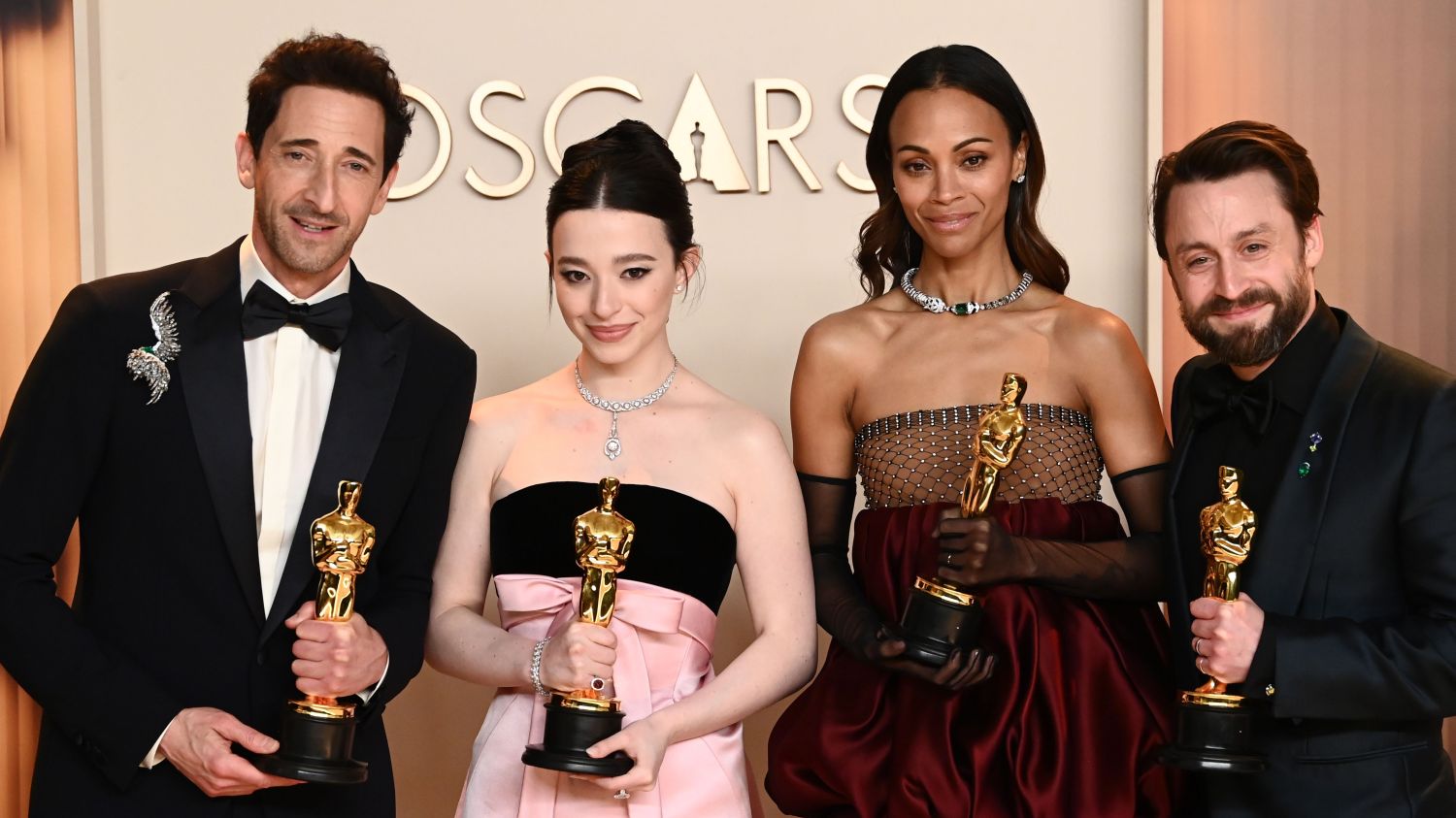
In a stunning turn of events at the 97th Academy Awards, the low-budget comedy-drama “Anora” swept the ceremony, securing five Oscars, including Best Picture and Best Actress for Mikey Madison. Adrien Brody clinched Best Actor for his role in “The Brutalist,” marking his second win in this category.
Anora’s Remarkable Triumph
Directed by Sean Baker, “Anora” tells the story of a sex worker who marries a wealthy Russian playboy. Despite its modest budget, the film captivated audiences and critics alike, leading to its impressive haul at the Oscars. Baker himself matched a historic record by winning four Oscars in one night—Best Picture, Best Director, Best Original Screenplay, and Best Editing—a feat previously achieved only by Walt Disney in 1954.
Mikey Madison’s portrayal of the titular character earned her the Best Actress award, surpassing seasoned nominees such as Demi Moore, who was favored for her role in “The Substance.”
Adrien Brody’s Second Oscar Win
Adrien Brody’s performance as architect László Tóth in “The Brutalist” garnered him the Best Actor award, adding a second Oscar to his accolades. His portrayal of the troubled architect resonated with the Academy, solidifying his status as a leading actor in Hollywood.
Other Notable Wins
Zoe Saldaña won Best Supporting Actress for her role in “Emilia Pérez,” and Kieran Culkin took home Best Supporting Actor for “A Real Pain.” Additionally, Paul Tazewell made history as the first Black man to win Best Costume Design for his work on “Wicked.”
Conclusion
The 2025 Oscars highlighted the power of storytelling, with “Anora” leading the charge. The film’s success underscores the industry’s growing recognition of diverse narratives and the talents that bring them to life.thetimes.co.uk
-

 Featured1 year ago
Featured1 year ago20 Entrepreneurs to Watch Closeout 2024
-

 Innovation2 years ago
Innovation2 years agoLeo Horacio: A Successful Entrepreneur in the Ecommerce and Online Sales Industry
-

 Music1 year ago
Music1 year agoArtist Deydee Signs $350,000 Contract with Rueda Empire LLC
-

 Latest1 year ago
Latest1 year agoCharles zhang recognized by forbes as #1 on michigan’s 2022 best in state wealth advisor list
-

 Innovation1 year ago
Innovation1 year agoInnovators in Social-Emotional Learning: Dr. Myava Clark and Chris Clark Jr.
-
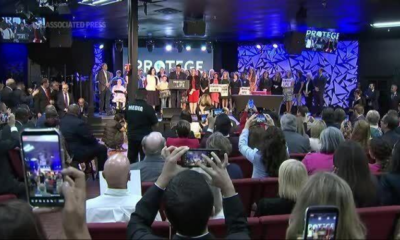
 Latest1 year ago
Latest1 year agoFlorida Gov DeSantis signs 15-week abortion ban | Latest News
-

 Lifestyle2 years ago
Lifestyle2 years agoPhillip Austin brings outlaw country to General Duffy’s stage – The Bulletin
-
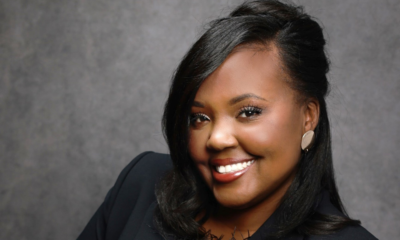
 Uncategorized12 months ago
Uncategorized12 months agoTrailblazer in Business: Alicia Fitts on Building Wealth and Community Through Faith


